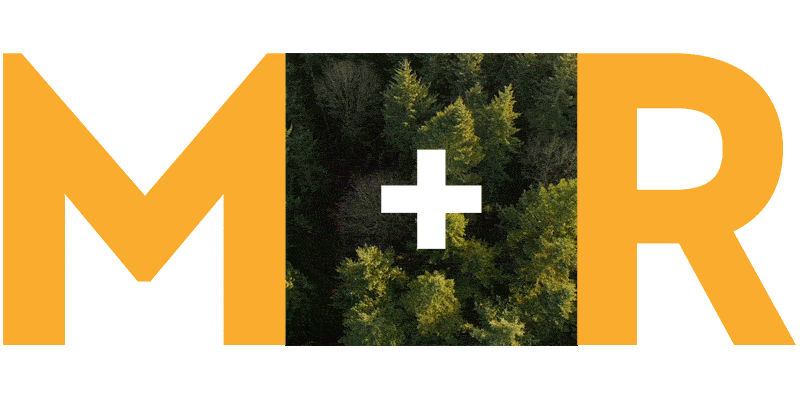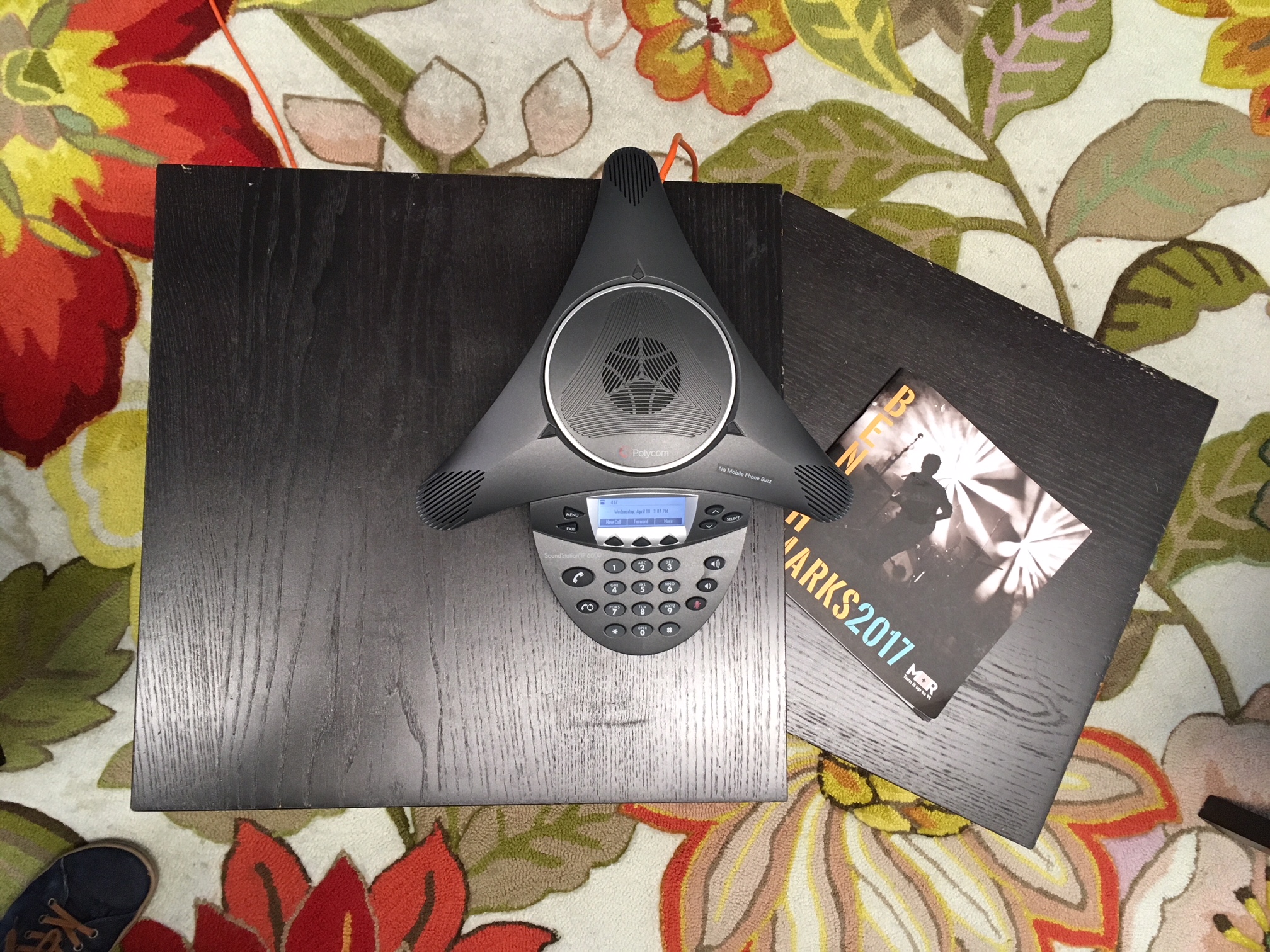Read time: 5 minutes
There are few things sadder than a press conference without the press. Sure, a press conference can be useful if you can command attention and TV time and get a crowd to show up. And it’s probably pretty fun to live out your Wizard of Oz fantasies and appear before reporters via television at a press conference even though you’re just down the hall.
But if you’re a nonprofit considering a press conference, you need to ask yourself a few questions first:
- Do you have a good visual? Half of the press conference is the visual. Broadcast TV is no longer content to send cameras to stand-up events that just feature a row of people waiting in line to talk. They want something compelling for TV. Think nurses in scrubs, teen survivors of gun violence, the youth plaintiffs currently taking on the U.S. government for failing to act on climate change…or people dressed in T-Rex costumes, which are currently all the rage.
- Do you have a variety of voices, perspectives, people? The image you project is not only important because it helps to attract reporters, but because it reflects your organization and its message. At least it should. Unfortunately because of all the logistics that go into planning a press conference, this often gets lost in the mix. Beyond that, you also don’t want three or four people all repeating the same message. Once that starts to happen, reporters will start to pack up and leave.
- Are the vast majority of your audience or target reporters in the area? It should go without saying that reporters will not travel a long distance to attend a press conference, so you should only expect reporters within your immediate area will attend a press conference. If your goal is reach reach press outside a 3-mile radius of your event, then an in-person event probably doesn’t make much sense.
If the answer to any of the questions above is no, we recommend you ditch the press conference and instead opt for a media telebriefing (a.k.a. a telepresser). This is essentially a press conference that takes place over the phone. That means you can still deliver your message to interested reporters, but without the need to produce dramatic visuals, with lower cost and hassle for the press (and thus potentially wider coverage), and without the potential embarrassment of “what if we threw a briefing and nobody came?”
A telebriefing typically includes a moderator, opening remarks from a handful of experts, and then a question and answer session at the end for reporters. Here’s what you need to make the most of your moment:
- Keep the number of speakers to 3-4 people including the moderator. Any more than that and you risk running too long, or muddling your message. On a related note…
- Keep each speaker’s remarks somewhere between 2-3 minutes. In our experience, once prepared remarks start to go beyond 15 minutes or so, reporters start to leave the call (and their actual attention may wander off even earlier).
- Include a variety of perspectives. There’s nothing worse than hearing person after person make the same point. Be sure to include people who can offer different points of view on an issue. Make sure there’s diversity as well. Frankly, everyone is tired of listening to four white dudes talk.
- Get reporters to actually RSVP. When you email reporters and invite them to join the call, don’t give them the call-in details in your first email. Ask them if they want to dial in and then when they email you back, share the call numbers. That way you have a better idea going into the call which reporters to expect on the line and which reporters you need to follow-up with the morning of the call.
- Record the call and share it with reporters afterward. Getting a call recording is key because reporters (even those who RSVP) often have something come up and can’t make a call. If you’ve got a recording you can share it could increase your chances of them covering it. The other benefit of the recording is that outlets like NPR will sometimes splice the audio and weave people’s remarks into their segments.
- In case you are thinking to yourself, “A telebriefing sounds cool, but why not kick it up a notch and do a full-blown webinar or Facebook Live,” here’s one final question to ask yourself: What can I accomplish with a webinar that I can’t accomplish with a regular teleconference?
Ideally, a webinar will include charts, graphs or other info that really helps to further the point you are trying to make. Or maybe you’re releasing a report that has a really kick-ass interactive website. Those are great assets — but in my experience it’s best to just send them separately to reporters who want them.
Remember, the point of a media telebriefing is to put everything you sent to the press in context, answer their questions, and give them some choice quotes to include in their stories or radio segments. If you’ve done that, you’ve done your job. The props, dogs, ponies, and bizarre unnecessary floating head from the Presence Down the Hall are unnecessary at best, a distraction at worst, and a whole extra set of logistics to manage in any case.
So next time, consider skipping all that, and host a telebriefing instead.
Do you really need to have a press conference? https://t.co/W6N8p2tdZt
— M+R (@MRCampaigns) April 18, 2018


